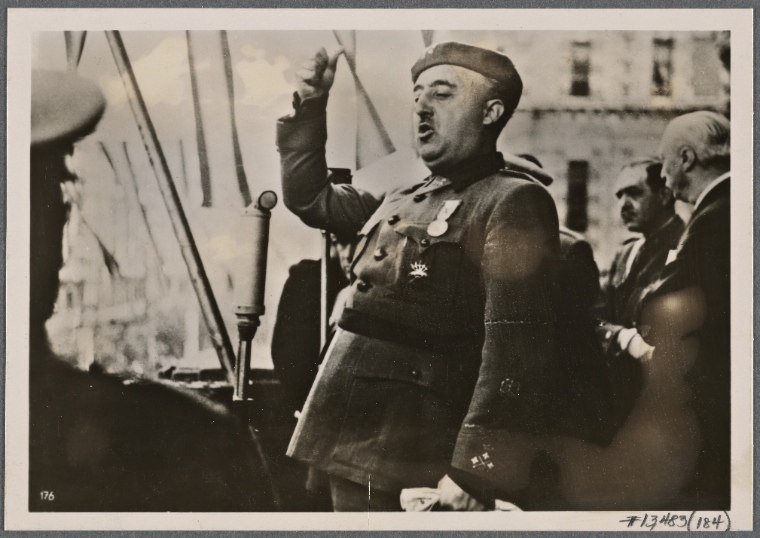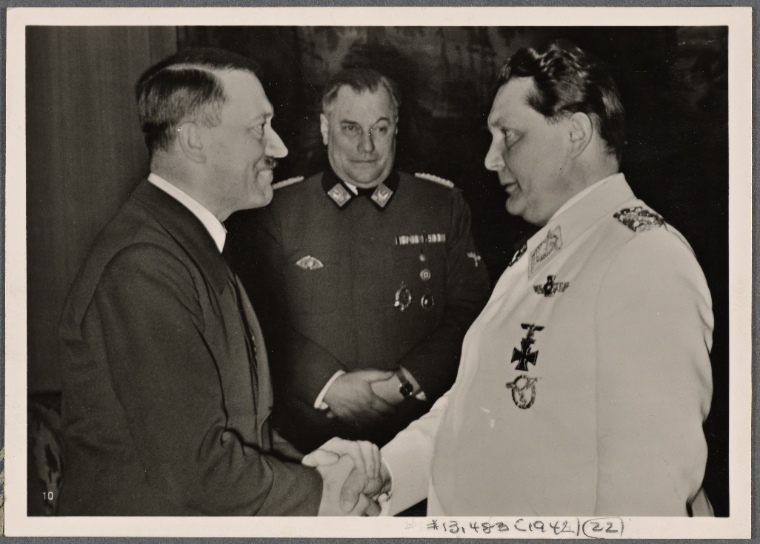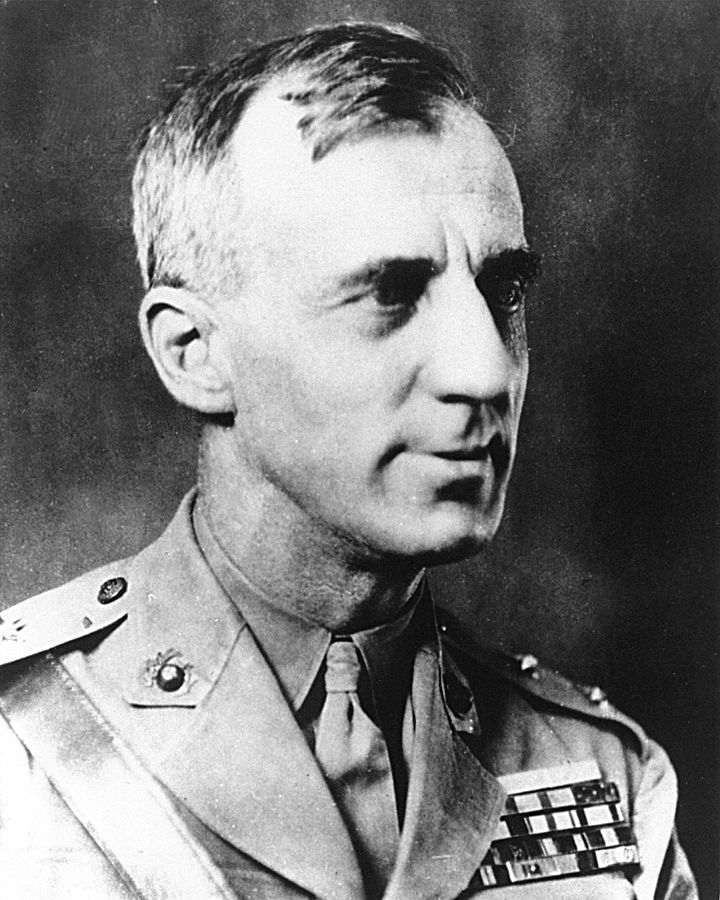
During the Spanish Civil War, we saw Hitler’s German air force studying the Art of War. It was at Guernica where a peaceful Basque community had little interest in Spain’s turbulent Civil War. In Guernica, European civilians were bombed from the air for the very first time.
The Spanish version of Hitler was Generalissimo Francisco Franco.[1] Franco got a lot of help as he battled the Republican rebels who were fighting to restore democracy. Hitler and Mussolini (the Italian mastermind of modern Fascism) had built immense military machines. They were willing to share the military wealth with Franco, their new fascist neighbor—and the welcome wagon brought pilots eager to practice a deadly art.[2]

In the northern Basque town of Guernica, the three dictators found an excellent crucible for brewing up a “test” batch of annihilation by way of aerial bombardment. It was a perfect way for Franco to demonstrate his mighty killing capabilities to the Republican freedom fighters—never mind that the town was not a military target. And Field Marshall Hermann Göring and his Condor Legion would add considerably to the growing German lexicon on waging global warfare. Germany wanted to know what it would take “to bomb a city into oblivion.”[3] At the Nuremberg Trials, Göring openly explained: "The Spanish Civil War gave me an opportunity to put my young air force to the test, and a means for my men to gain experience." Experience, yes. And knowledge about oblivion.

In Sven Lindqvist’s book A History of Bombing,[4] he writes about the destruction that rained on Guernica, turning buildings to dust and innocent human life to lost dreams and nightmares. George Steer of the “London Times” described the scene when he arrived at 2 a.m. to find the entire city was in flames, “… house after house falls into a fiery wreck. The only military targets—a little armament factory and two barracks—lie outside the city and are untouched.”
In Lindqvist’s words, “The image of a peaceful little town suddenly surprised by the inferno of war, of an ancient culture desecrated by flying vandals—even those images might soon have been forgotten had the Fascist and Nazi propaganda machines not attempted a cover up.”
Franco banned reporters and ordered all traces of the German presence removed. It took five days. When the press was allowed to return, they were told that Guernica crumbled at the hands of the Republican rebels. Imagine the audacity of trying to convince journalists that a town was leveled by rebel troops with only rifles, a few canons and hand grenades! Well, General Franco ruled Spain for decades and he did not recant his lies, despite eye-witnesses who saw the bombers and despite Field Marshall Goring’s own testimony at Nuremberg! Sven Lindqvist’s wrote, “Thus lies keep the truth alive.”

The final lesson for this study of war and peace examines who profits when nations wage war. In the Spanish Civil War, a prominent American pitched in on the side of the dictators. Texaco CEO Torkild Rieber sold fuel on credit to Franco—fuel that went to Göring’s Condor Legion and Mussolini’s Aviation Legionnaires.[5] Rieber was a man who admired fascism. U.S. laws forbidding these transactions did not deter Rieber from abetting Franco. U.S. courts found him guilty. He paid a trifling penalty. He spent no time in jail. Rieber is not a rare case. The list is long of U.S. CEO’s, manufacturers and financiers who have gotten rich from ill-gotten commerce during war times. Refer to one of America’s most decorated war heroes for further study—See War is a Racket by General Smedley Butler[6] who was twice awarded the Congressional Medal of Honor.
To be fair, remember that the methods for bombing cities into oblivion were also tested in America’s own crucible. At Hiroshima and Nagasaki, we set the standard for killing civilians by bombing from above. May the ghosts of our war art rest in peace.
When studying the Art of Peace, the lessons are learned with perfect economy—at least in terms of lives that are wasted—there are none.
Photos: Generalissimo Franco, Field Marshall Göring as he receives Hitler’s congratulations on his 47th birthday,[7] Guernica obliterated, General Smedley Butler[8]
[1] See: http://digitalcollections.nypl.org/items/b0764cf4-fc81-0cb7-e040-e00a18067af7 photo in Public Domain
[2] See: https://basquebooks.blogs.unr.edu/march-31-1937-the-mola-proclamation-and-the-bombing-of-durango-and-elorrio/ - Italian pilots bombed two towns for five days just weeks prior to the bombing of Guernica.
[3] See: http://www.eyewitnesstohistory.com/guernica.htm
[4] © 2000 Sven Lindquist, 2001 translated by Linda Haverty Rugg, New York Press—p. 72, section 157-159
[5] See: http://www.democracynow.org/2016/3/31/fueling_fascism_the_secret_history_of
[6] See: http://www.americanswhotellthetruth.org/portraits/major-general-smedley-butler
[7] See: http://digitalcollections.nypl.org/items/ae7bb9f5-44fb-5a5d-e040-e00a1806317f photos in Public Domain
[8] See: https://commons.wikimedia.org/wiki/File:SmedleyButler.jpeg photo in Public Domain